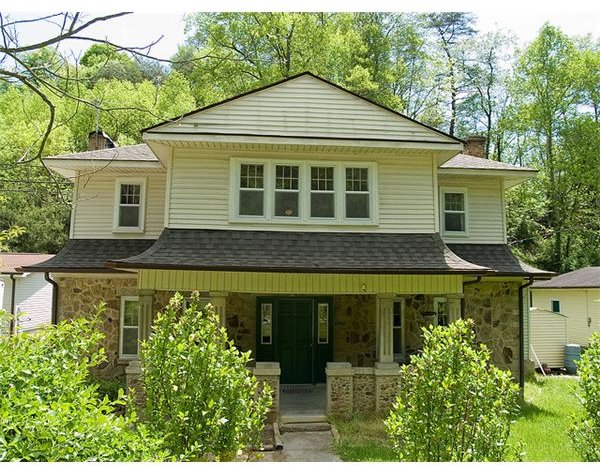Reverse Mortgages: How do Reverse Mortgage Companies Make Their Money on Your House?
What is a Reverse Mortgage?
A reverse mortgage is a loan against a home’s equity that does not have to be repaid until the house is sold or the homeowner dies. Since there are no payments made, you may wonder how do reverse mortgage company makes their money on your house.
A reverse mortgage is a loan against the equity in the home. These loans, also known as home equity conversion mortgages - HECM - are only available to someone who is retired and still lives in the home and if the home is paid off or has a very low mortgage balance. The proceeds of a reverse mortgage can be paid to the homeowner as a lump sum, monthly payments, a line of credit, or a combination of these options.
When the homeowner receives any money from the loan, those proceeds become part of the loan balance. Interest accumulates at the stated rate on the outstanding balance. When the home is sold, either voluntarily or on the death of the homeowner, the reverse mortgage company collects the accumulated loan payments plus the accrued interest from the proceeds of the sale.
How the Lender Makes Money
The lender or the party that ends up owning the note on the reverse mortgage will earn the interest that accumulates on the balance of the loan. From a lender’s point of view, it could be a long time until the payoff arrives from this portion of the cost of a reverse mortgage. The bulk of the earnings for the company making the reverse mortgages is from the upfront fees.
The fees on a reverse mortgage can be as much as five to six percent of the value of the home. The major types of fees to close a reverse mortgage are the origination fee, mortgage insurance and various fees to record the mortgage. The origination fee is the primary source of income for the lender on a reverse mortgage.
For a regular mortgage to purchase or refinance a home, the most common size of the origination fee is one percent of the loan amount. For a reverse mortgage, the lender will charge two percent or more, and the origination fee will be based on the value of the home, since the final amount of a reverse mortgage may not be known.
The FHA HECM program puts a limit on the amount a lender can charge as an origination fee. FHA rules use a percentage of the loan amount to calculate the fee, but the minimum fee is $2,500 and the maximum is $6,000. This is the answer to how do reverse mortgage companies make their money on your house.
Paying the Costs
The total amount of fees for a reverse mortgage is included in the loan balance. If the homeowner draws a lump sum at the closing of the reverse mortgage, the initial loan amount will be the closing costs plus that lump sum. Any future payments or line of credit withdrawals will add to the balance. All of this money will be accruing interest towards the day the loan must be paid off.
If you or a family member is considering a reverse mortgage to provide some extra money in retirement, shop around and compare the costs of several reverse mortgage programs. Other avenues to consider are a regular home equity line of credit (HELOC) or a cash out refinancing. These options require monthly payments to repay the loan, a requirement which is not included with a reverse mortgage.
References
Federal Trade Commission: Reverse Mortgages https://www.ftc.gov/bcp/edu/pubs/consumer/homes/rea13.shtm
Image Credit: James Thompson on Flickr Creative Commons Attribution
